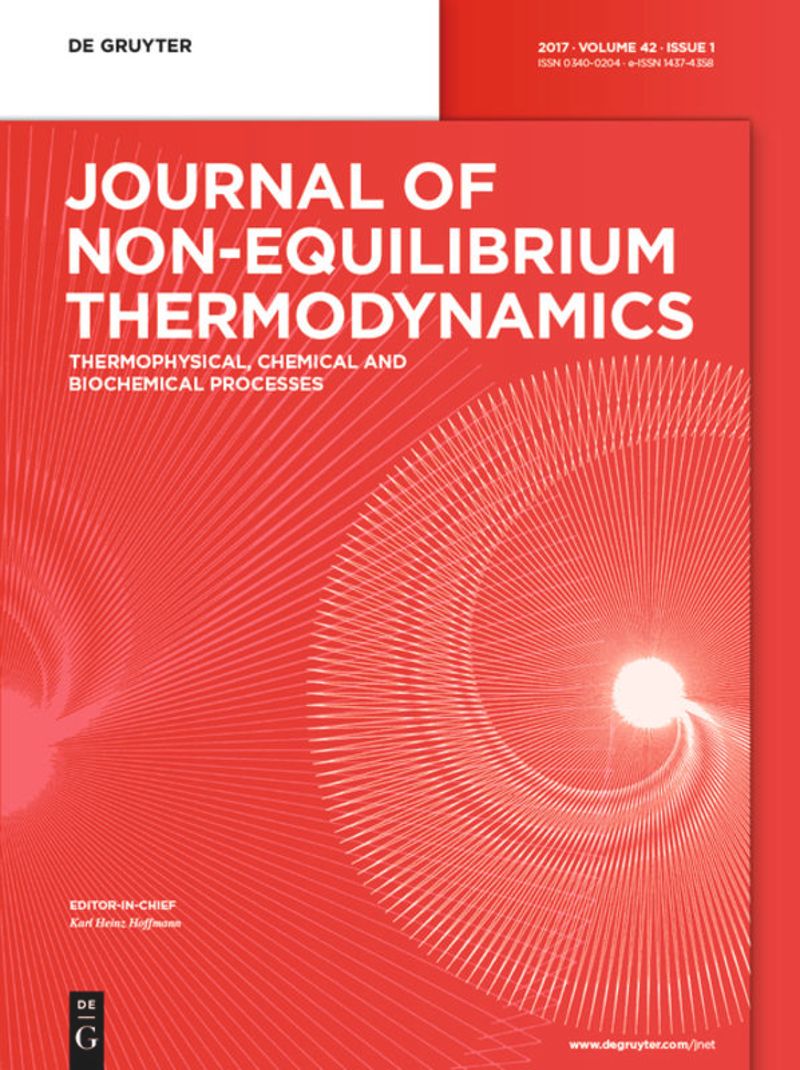Anisotropic turbulent flow of water through converging wavy-aluminum-circular pipe with five half-cycles: insight into the significance of four-branch minor-inlet angle
IF 4.2
3区 工程技术
Q1 MECHANICS
引用次数: 0
Abstract
Accurately predicting turbulent water flow in duct systems remains a challenging problem, particularly when anisotropic turbulence effects are significant. Bridging the gap between industrial applications and academic research requires a deeper understanding of such complex flows. This study investigates a less commonly analyzed configuration involving a horizontal aluminum duct transitioning into a converging wavy duct. The wavy section consists of 2.5 full sinusoidal periods, ending in a reduced outlet diameter. In addition, the effect of incorporating four minor/secondary inlets, arranged as branches at different angles, was examined and presented herein. Aluminum was selected for its low density and corrosion resistance, which are beneficial in experimental and industrial setups. Initially, the duct was analyzed in an unbranched configuration. The study then progressed to include the four secondary/minor branch inlets at various angles. The simulation results were validated by comparison with a solution for a simple flow in a 70 mm duct. Additional verification was provided by employing other CFD codes, along with grid convergence index and mesh sensitivity analyses, improving the confidence in the simulation results. Branch angles influences turbulence intensity depending on flow conditions and angle magnitude. Sharper branch angles are particularly effective, inducing greater turbulence at the converged outlet. Higher inlet temperatures and velocities lead to increased Reynolds stress due to enhanced energy transfer and elevated turbulent kinetic energy. Specifically, an increase in inlet velocity at a 45五半循环收敛波铝圆管中水的各向异性湍流:四支小入口角意义的洞见
准确预测管道系统中的湍流水流仍然是一个具有挑战性的问题,特别是当各向异性湍流效应显著时。弥合工业应用和学术研究之间的差距需要对这种复杂的流程有更深入的了解。本研究调查了一种不太常见的分析配置,涉及水平铝管道过渡到收敛波状管道。波浪段由2.5个完整的正弦周期组成,结束于出口直径减小。此外,本文还研究并展示了在不同角度布置成分支的四个次要入口的效果。选择铝是因为它的低密度和耐腐蚀,这是有益的实验和工业设置。最初,对管道进行了无分支结构分析。然后,研究进一步包括四个不同角度的次级/次要分支入口。通过与70 mm风管中简单流动的解进行比较,验证了模拟结果。利用其他CFD代码以及网格收敛指数和网格灵敏度分析提供了额外的验证,提高了仿真结果的可信度。分支角对湍流强度的影响取决于流动条件和分支角的大小。更大的分支角度特别有效,在汇聚出口引起更大的湍流。较高的入口温度和速度导致雷诺数应力增加,这是由于能量传递增强和湍流动能升高所致。具体来说,在45°分支角时,进口速度的增加进一步增加了湍流动量传递,从而使沿管道的混合更加可控。
本文章由计算机程序翻译,如有差异,请以英文原文为准。
求助全文
约1分钟内获得全文
求助全文
来源期刊
CiteScore
9.10
自引率
18.20%
发文量
31
审稿时长
1 months
期刊介绍:
The Journal of Non-Equilibrium Thermodynamics serves as an international publication organ for new ideas, insights and results on non-equilibrium phenomena in science, engineering and related natural systems. The central aim of the journal is to provide a bridge between science and engineering and to promote scientific exchange on a) newly observed non-equilibrium phenomena, b) analytic or numeric modeling for their interpretation, c) vanguard methods to describe non-equilibrium phenomena.
Contributions should – among others – present novel approaches to analyzing, modeling and optimizing processes of engineering relevance such as transport processes of mass, momentum and energy, separation of fluid phases, reproduction of living cells, or energy conversion. The journal is particularly interested in contributions which add to the basic understanding of non-equilibrium phenomena in science and engineering, with systems of interest ranging from the macro- to the nano-level.
The Journal of Non-Equilibrium Thermodynamics has recently expanded its scope to place new emphasis on theoretical and experimental investigations of non-equilibrium phenomena in thermophysical, chemical, biochemical and abstract model systems of engineering relevance. We are therefore pleased to invite submissions which present newly observed non-equilibrium phenomena, analytic or fuzzy models for their interpretation, or new methods for their description.

 求助内容:
求助内容: 应助结果提醒方式:
应助结果提醒方式:


